
20 Lessons
Bridging the divide
Talk about controversial topics in a way that brings people together: listen with an open mind, speak with respect, and find your common humanity.
Welcome!
Please go through the content videos in order - they build on each other. Enjoy!
Maybe you prefer to read? Or you want to quickly remind yourself of a particular insight by searching for a keyword?
The eBook includes all content from the videos (including video time stamps for guided practices), two bonus chapters, main takeaways in bullet-points for easy reference, and practice suggestions.
Read in your browser or download to your device.
Part 1 - Managing stress and emotions
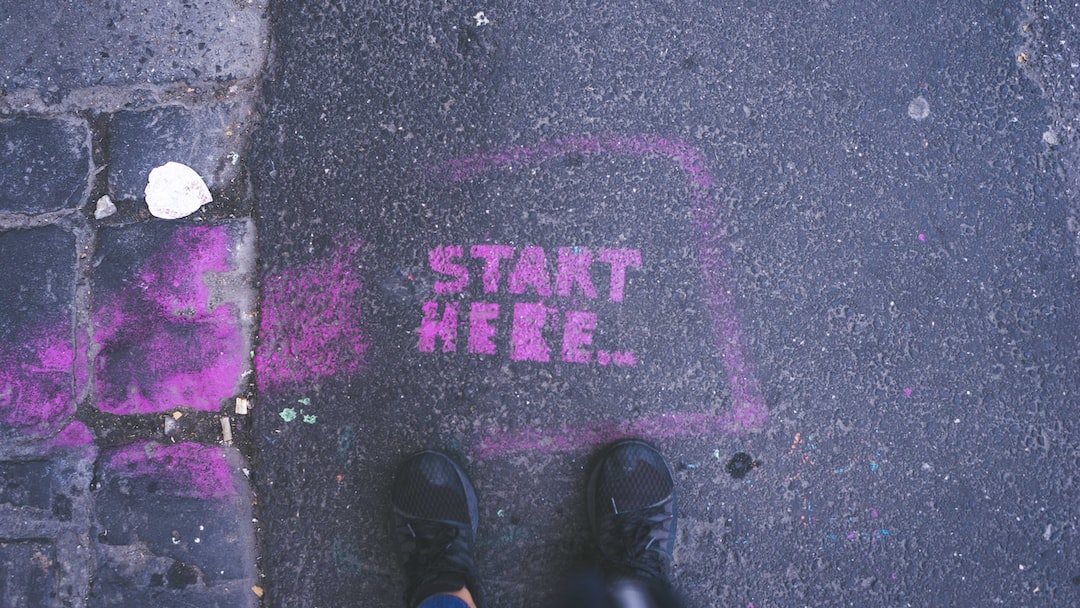
1: Start with your body - manufacturing a more useful foundation
What do you do in your body under stress?

2: Calm, relaxed, open, and kind
Replace stress (fight, flight, freeze, collapse) with Centering, Smiling Heart, and Shining.

3: Stable, balanced, alert, and powerful
Establish support, strength, and confidence in your body through Power Sitting.
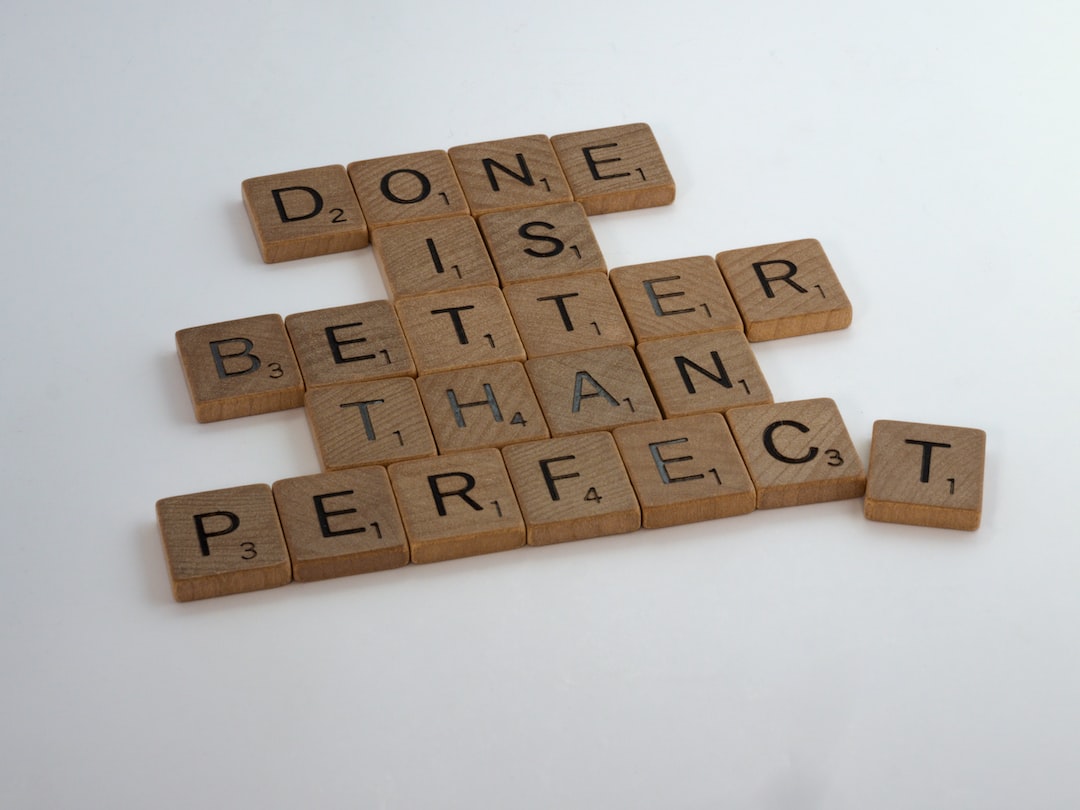
4: Practice, application, and being "ready"
Give yourself credit for what you did well. Keep going.

5: Feelings
Emotions don't just happen to you - you DO them.

6: Manufacturing more useful feelings
Replace unhelpful emotions with different, incompatible, more useful ones.
Part 2 - Shifting your mindset

7: "More useful" - for what?
Understanding, changing someone's mind, agreeing to disagree ... are these useful goals?

8: Make it safe, motivating, and easy to hang out with you
Focus on keeping the channels of communication open and on cultivating a positive relationship.

9: Check your attitude
Knowing closes.

10: Shift your attitude
Curiosity opens.

11: Manufacturing curiosity
What can you be genuinely interested in?

12: Ripple effects - the power of relationships
Be part of the "pool" of people who can potentially influence each other.
Part 3 - Stepping up

13: The foundation
Calm alertness, compassionate power, genuine curiosity, positive relationships, and safety.
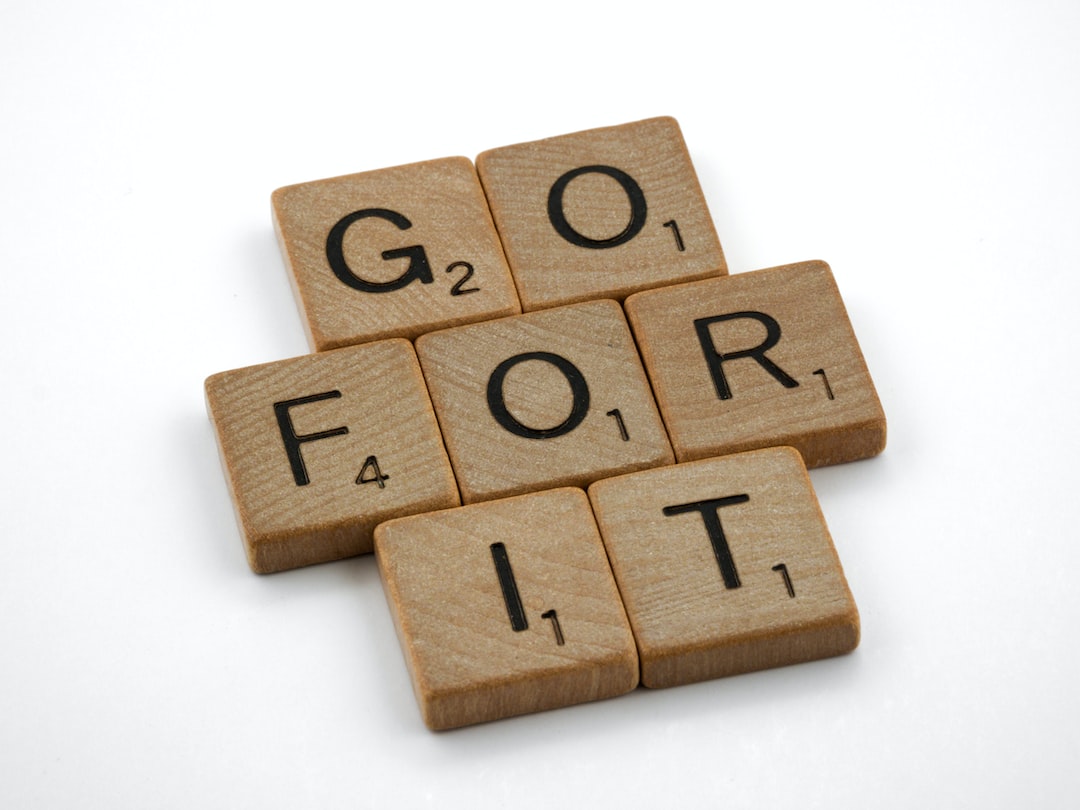
14: What is holding you back?
"Getting over" your fears: Is it enough to be motivated and calm?

15: When a conversation is not going well
Getting out of the way: evading and redirecting.

16: Permission to leave
You don't necessarily have to stay in a conversation and endure, stop, or fix every "bad" thing that is happening.
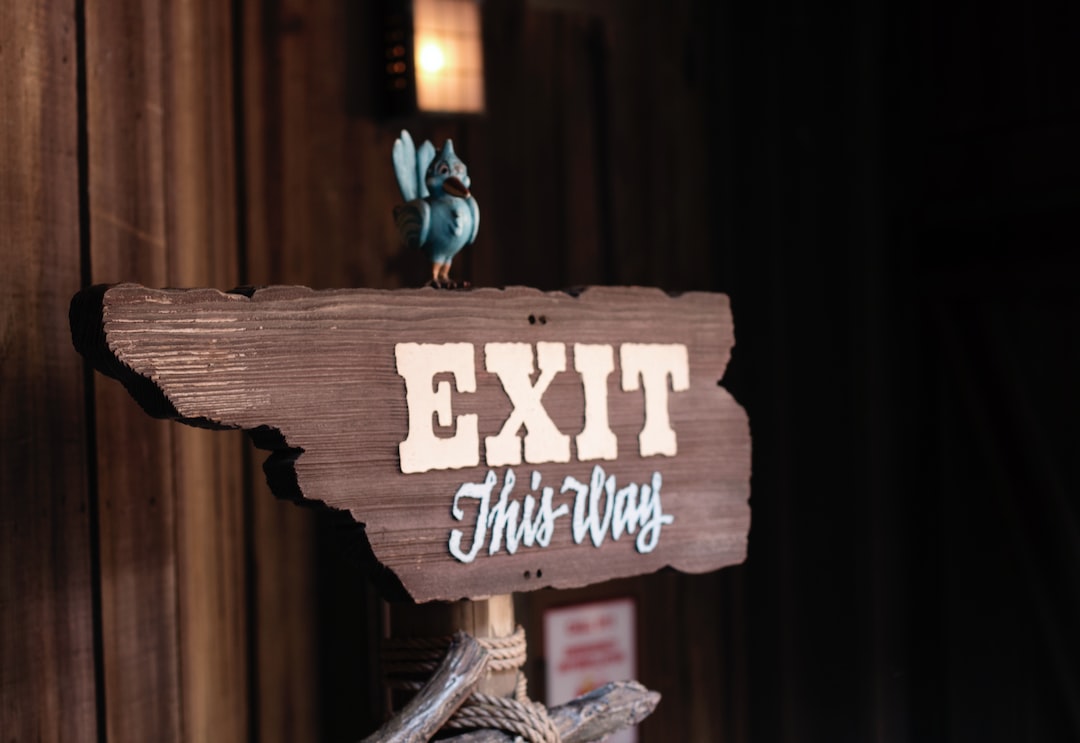
17: Planning ahead
Be prepared for emergencies.

18: Taking a break
Create "emergency exits" so you can leave the room temporarily if needed.

19: Changing the subject
Open a "safety valve" to release tension.

20: Ending a conversation
Leave, but leave the bridge standing.
Your Course Instructor

Elisabeth Fisher
Lisa helps people reduce conflict at work and at home by teaching them to how to stay calm and focused under stress, defuse tense situations, speak up with confidence, and disagree better.
A former corporate attorney and mediator, Lisa now leads Embodied Peacemaking workshops based on the mindbody education system developed by Paul Linden. Lisa is a certified embodiment coach and Yoga teacher (Yin, Vinyasa, Embodied Toolkit), martial artist (Black Belt in Kenpo Karate), Embodied Meditation teacher, practicing Buddhist, and ballroom dancer.
Bridging the divide (eBook)
Maybe you prefer to read? Or you want to quickly remind yourself of a particular insight by searching for a keyword? The eBook includes all content from the videos (including video time stamps for guided practices), two bonus chapters, main takeaways in bullet-points for easy reference, and practice suggestions.
Read in your browser or download to your device.
Do you have any questions, insights, or feedback? I would love to hear from you!
Also, if this course has helped you in some way, please let me know - that will help me keep going ...
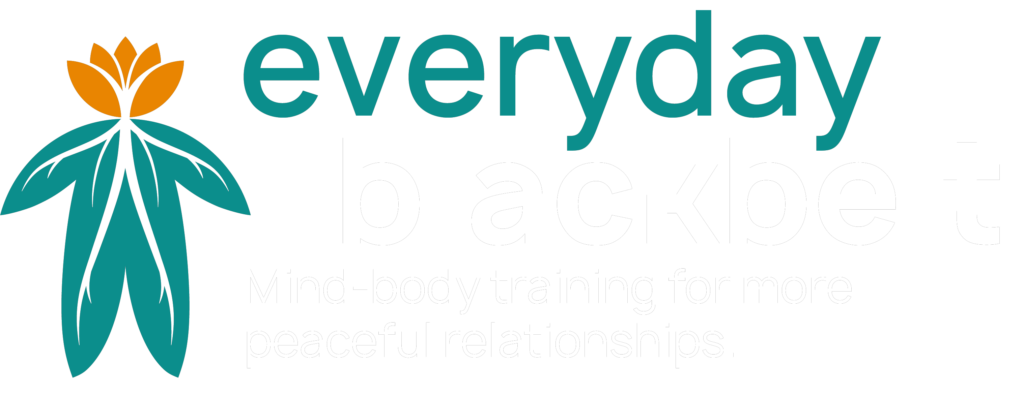
Copyright © 2023 Elisabeth Fisher · All Rights Reserved